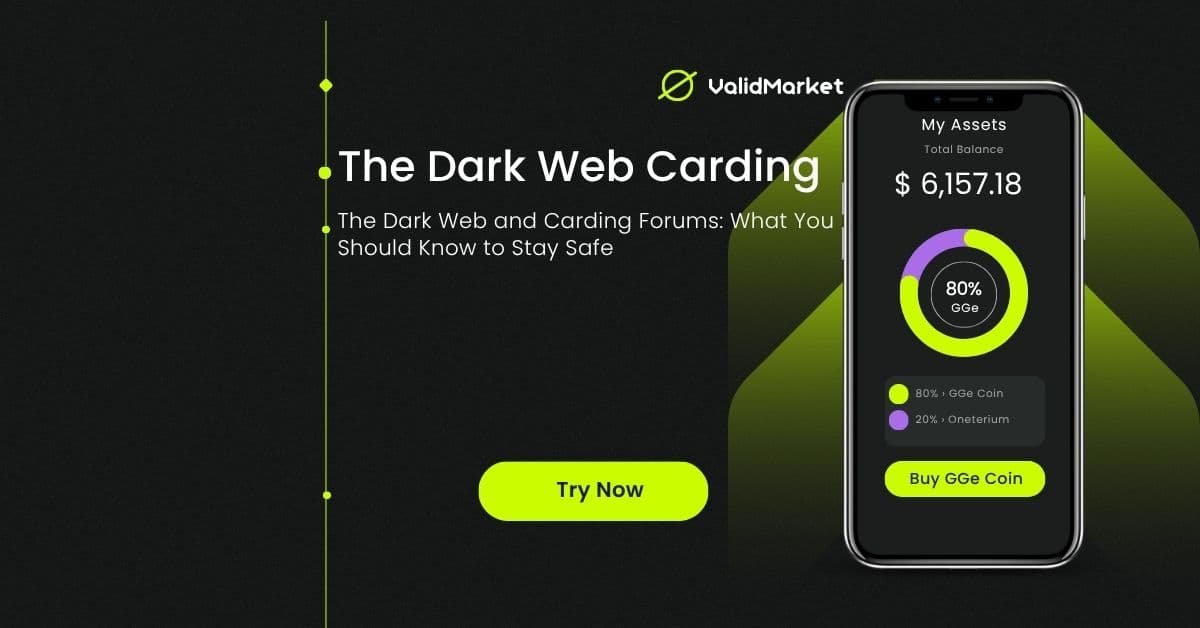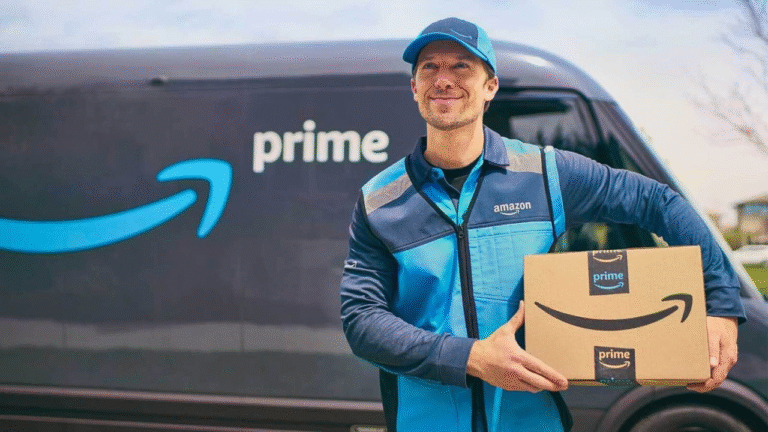
In the dynamic world of business and entrepreneurship, identifying a valid market is one of the most crucial steps toward building a successful product or service. A valid market isn’t just a group of people; it’s a group with a demonstrated demand, the means to pay, and a willingness to buy. For startups, investors, and marketers, understanding what constitutes a valid market can determine the difference between success and failure.
What is a Valid Market?
A valid market refers to a segment of consumers or businesses that not only need or want a product but are also ready, willing, and able to pay for it. This market must be large enough to sustain and grow a business, yet specific enough to target effectively. A valid market lies at the intersection of need, affordability, accessibility, and intent.
Why Identifying a Valid Market Matters
Failing to identify a valid market is a common reason why startups fail. According to various studies, nearly 42% of startups shut down because there is no market need for their product. Without a valid market:
- Products fail to gain traction.
- Marketing efforts become inefficient.
- Businesses waste valuable time and resources.
Conversely, when a valid market is identified early, businesses can create focused strategies, build meaningful customer relationships, and scale efficiently.
Components of a Valid Market
To determine whether a market is valid, consider the following core components:
1. Identifiable Demand
Is there a proven need or problem? Look for signs like search trends, competitor presence, and user pain points. Tools like Google Trends, surveys, and forums can help validate demand.
2. Defined Target Audience
A valid market must have a clearly defined customer profile — age, location, behavior, interests, or professional background. Vague audiences result in unfocused campaigns and poor ROI.
3. Purchasing Power
Even if there’s interest, customers must have the ability to pay. A valid market has a sufficient number of people or businesses with the financial capability to purchase the product.
4. Willingness to Pay
Affordability isn’t enough. Customers must believe in the value you’re offering and be willing to exchange money for it. Market research and customer interviews are useful tools here.
5. Accessibility
You must be able to reach your market through channels like social media, search engines, or offline networks. If your audience is unreachable, even a high-demand product will fail.
Valid Market vs. Total Addressable Market (TAM)
Many entrepreneurs confuse a valid market with a Total Addressable Market. While TAM represents the full market demand for a product or service (often in billions), a valid market is a smaller, realistic subset that your company can serve effectively at the current stage.
For example, while the global fitness market may be worth $100 billion, a startup selling yoga mats in Germany should focus on its valid market — health-conscious adults in urban cities.
Steps to Validate a Market
To ensure you’re targeting a valid market, follow these steps:
- Conduct Market Research – Use surveys, interviews, and industry data to assess need and interest.
- Identify Buyer Personas – Develop detailed customer profiles to focus your efforts.
- Test with MVPs – Launch a Minimum Viable Product (MVP) to gather feedback and evaluate buying behavior.
- Analyze Competition – A competitive market often indicates demand. Study what others are doing and look for gaps.
- Use Digital Tools – Platforms like Google Analytics, Meta Ads, and SEMrush can help analyze behavior and trends.
Conclusion
A valid market is the foundation of any viable business model. By focusing on a market that is real, reachable, and ready to buy, entrepreneurs can reduce risk, attract investors, and build sustainable growth. In today’s competitive landscape, taking the time to define and validate your market isn’t just smart—it’s essential. Whether you’re launching a new app, product, or service, remember: if the market isn’t valid, the business likely won’t be either.


